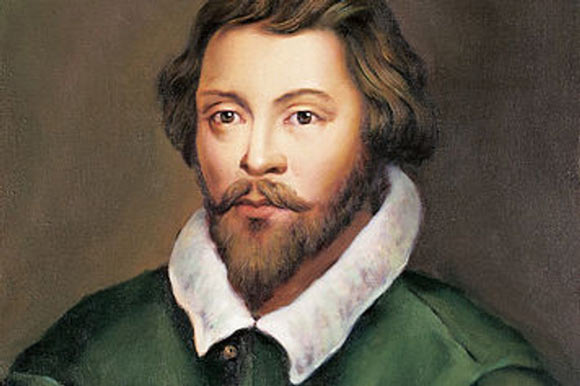
William Byrd: The Musical Mastermind of the Elizabethan Era
In the realm of classical music, certain names resonate through the ages as pioneers and virtuosos. Among them, William Byrd stands tall as one of[…]

Byrd – Mass for five voices
William Byrd – Mass for five voices The Mass for Four Voices is a choral Mass setting by the English composer William Byrd (c.1540–1623). It was[…]